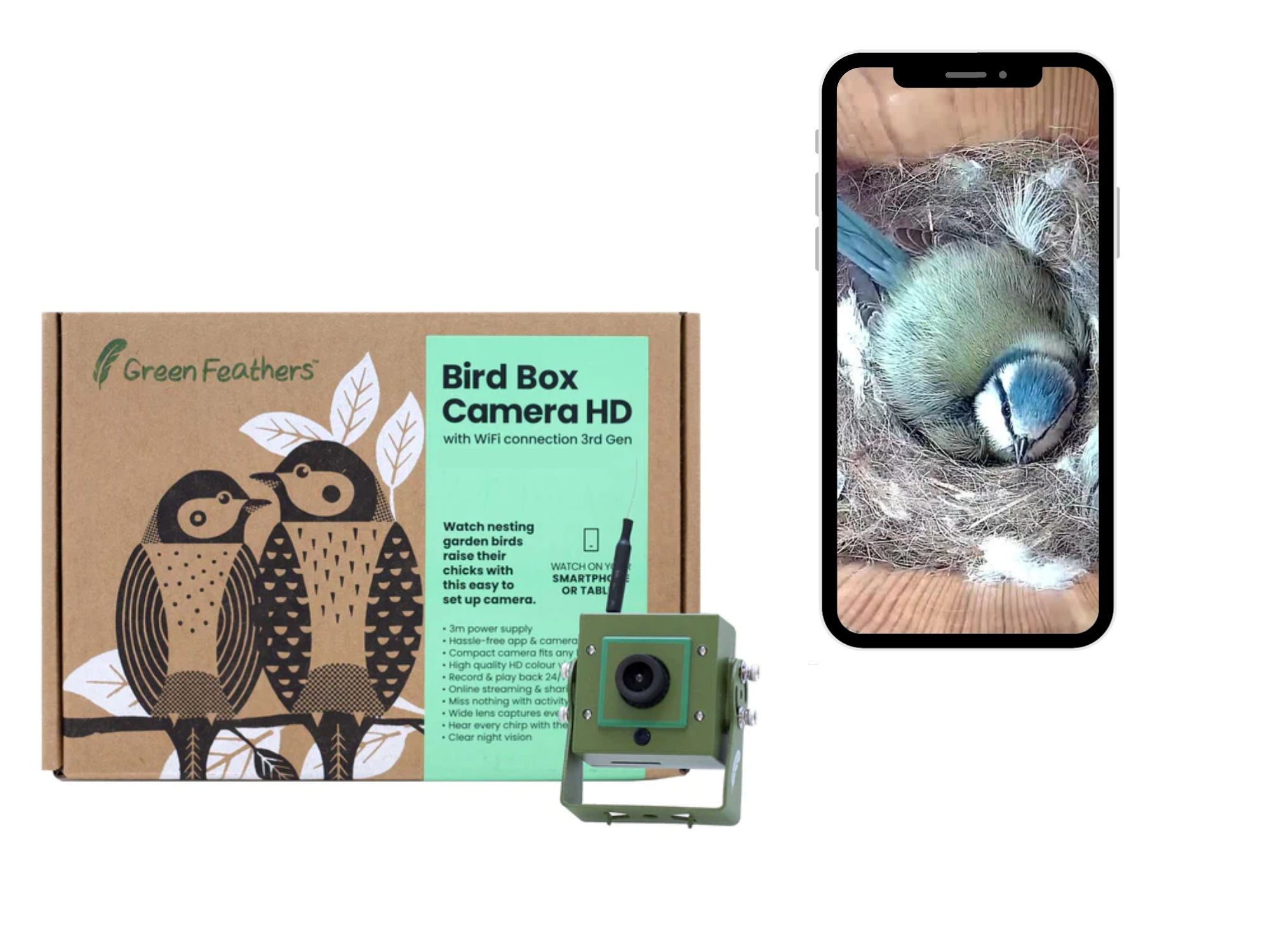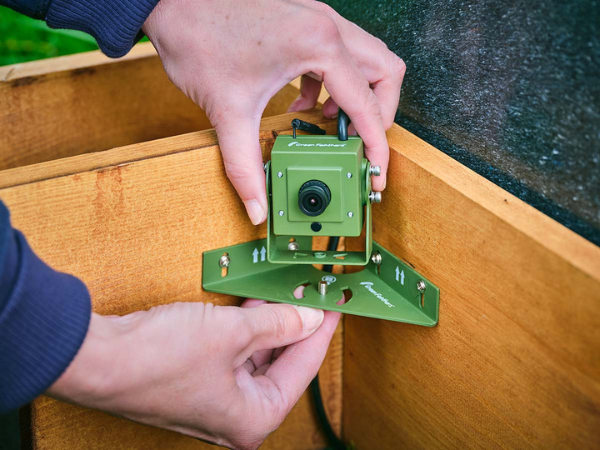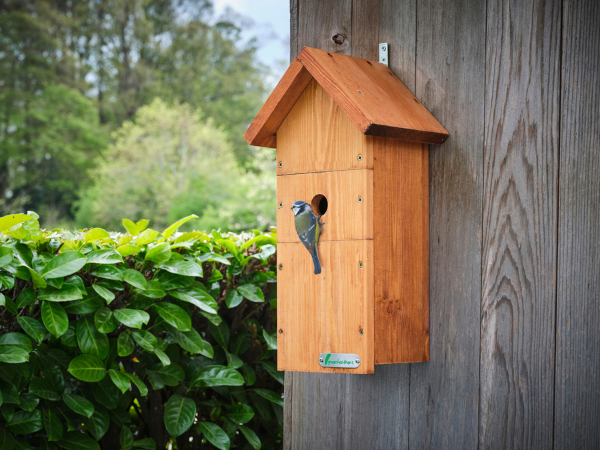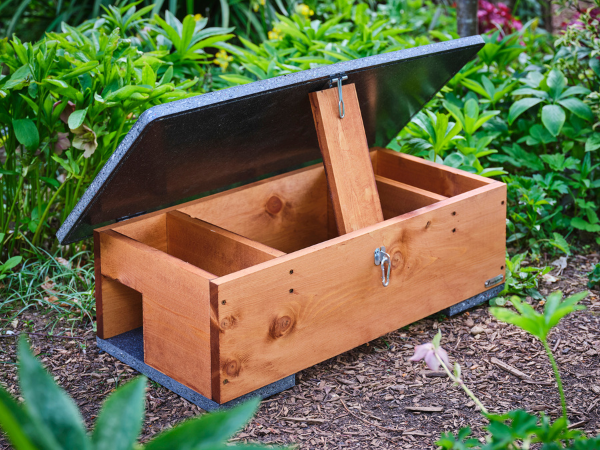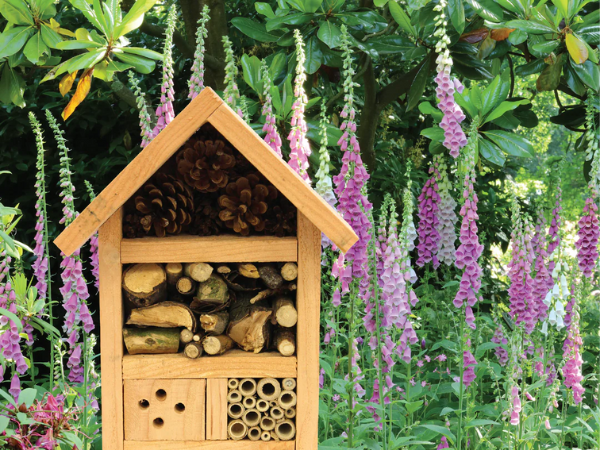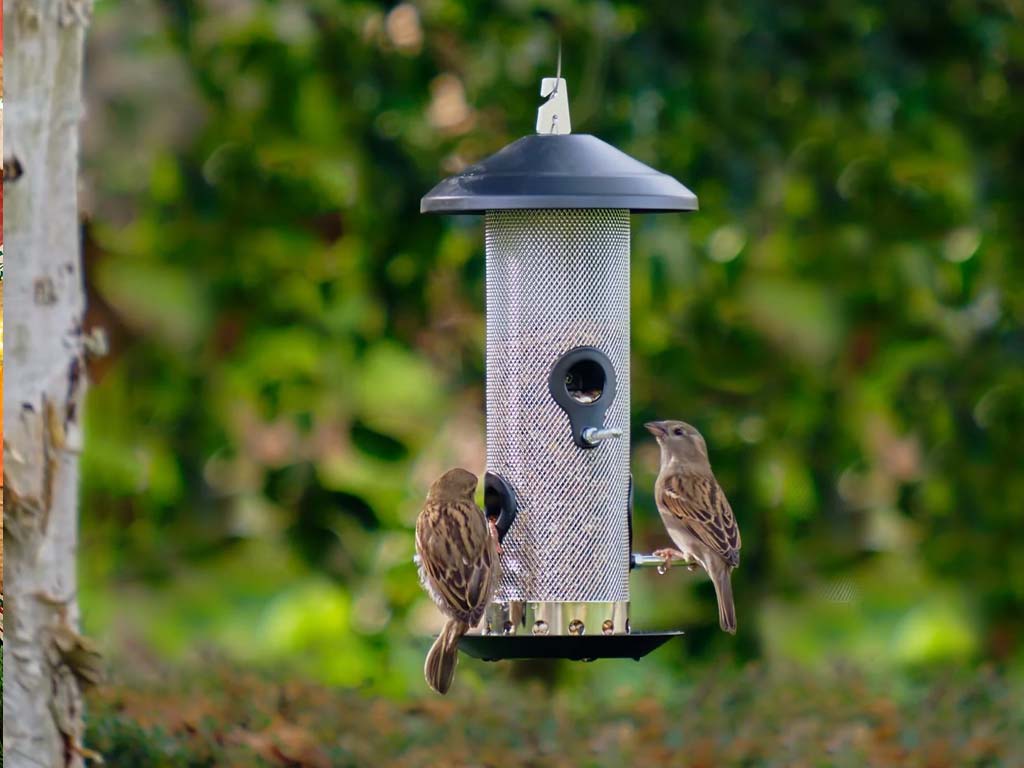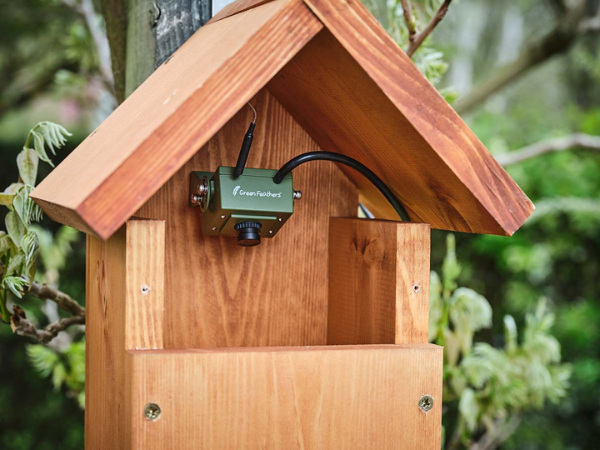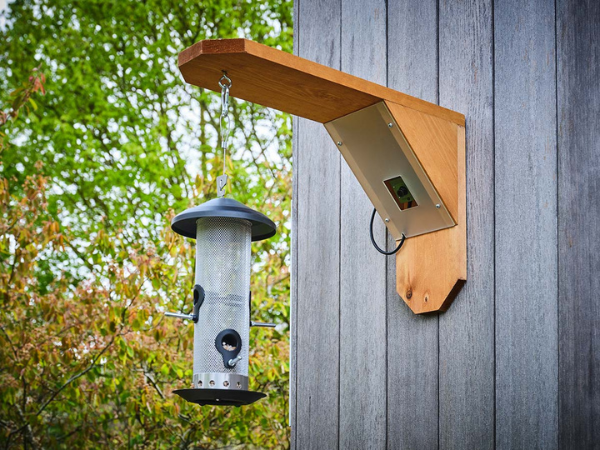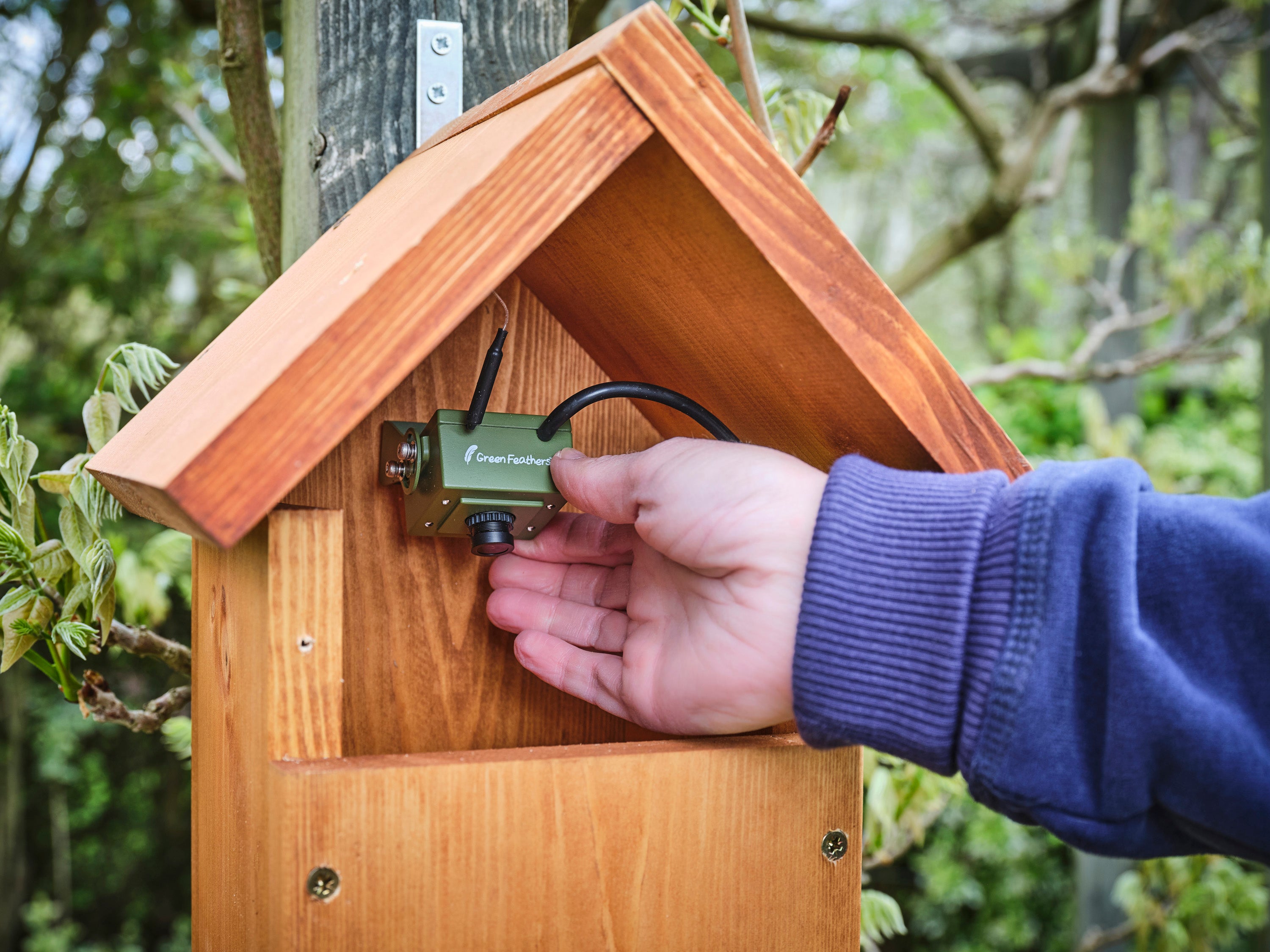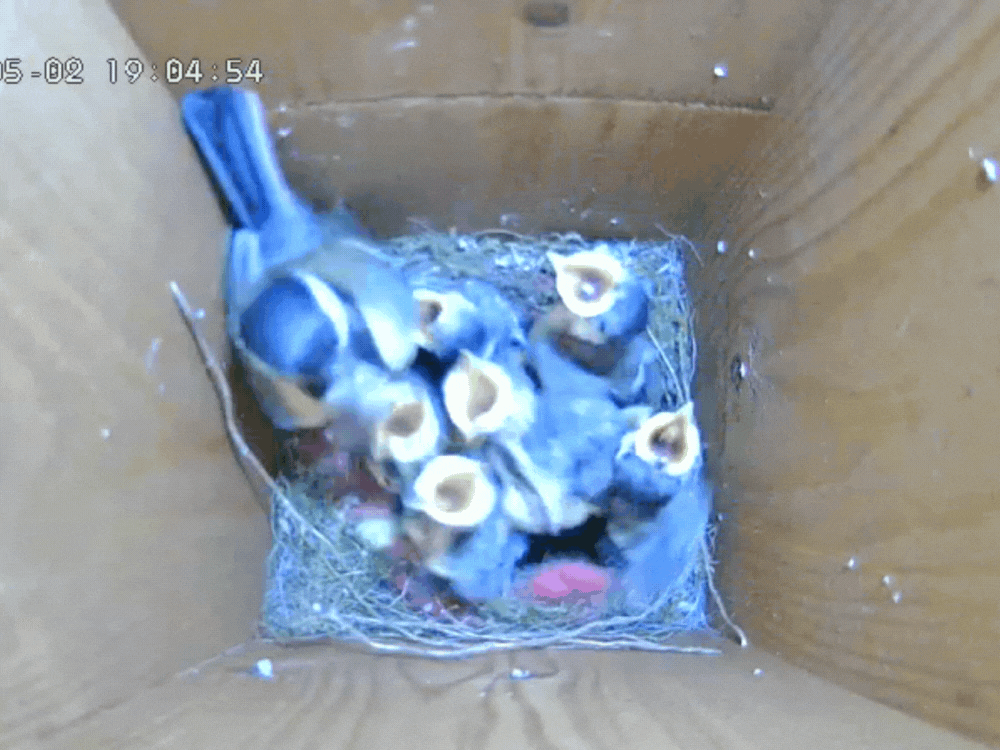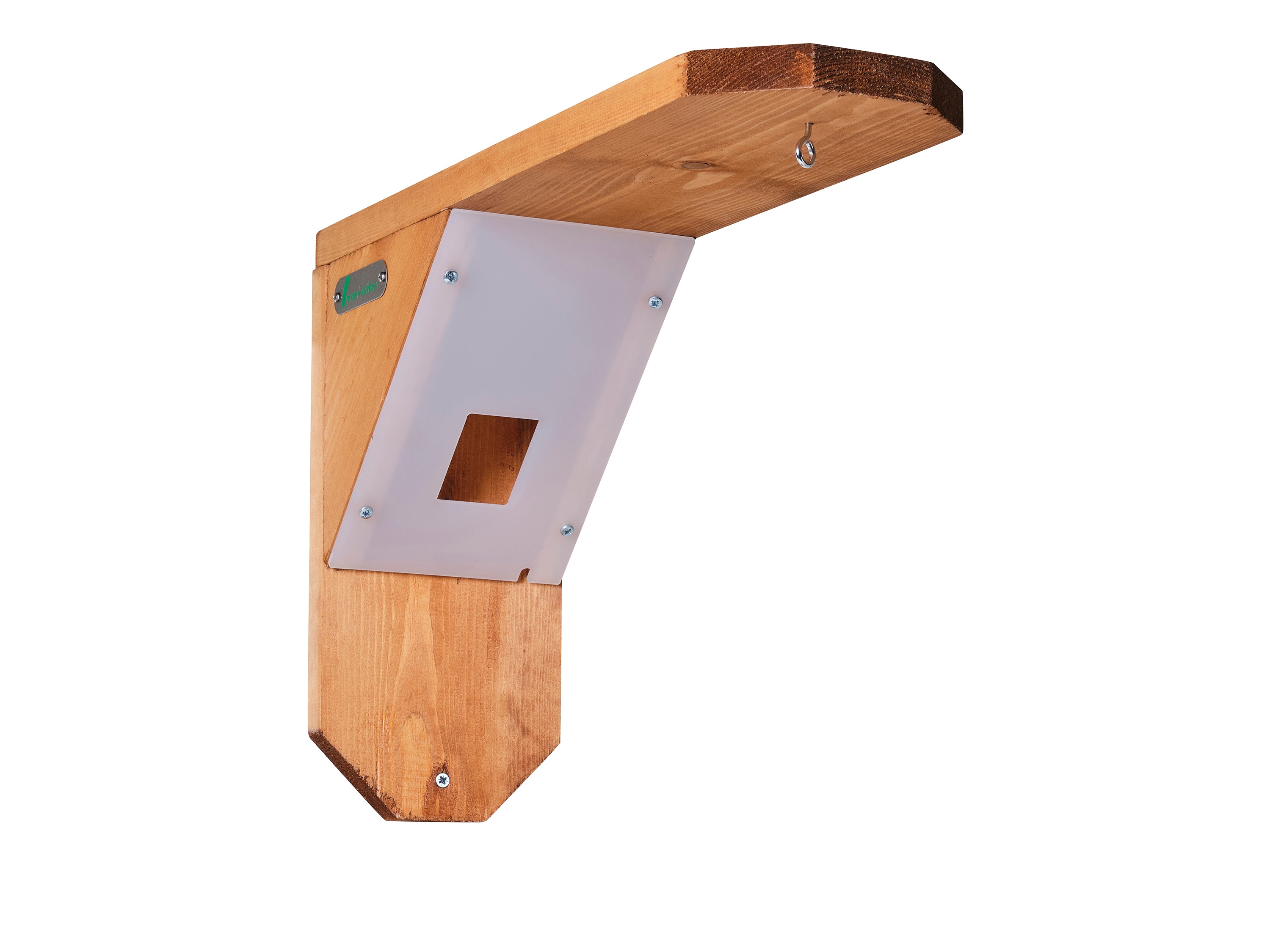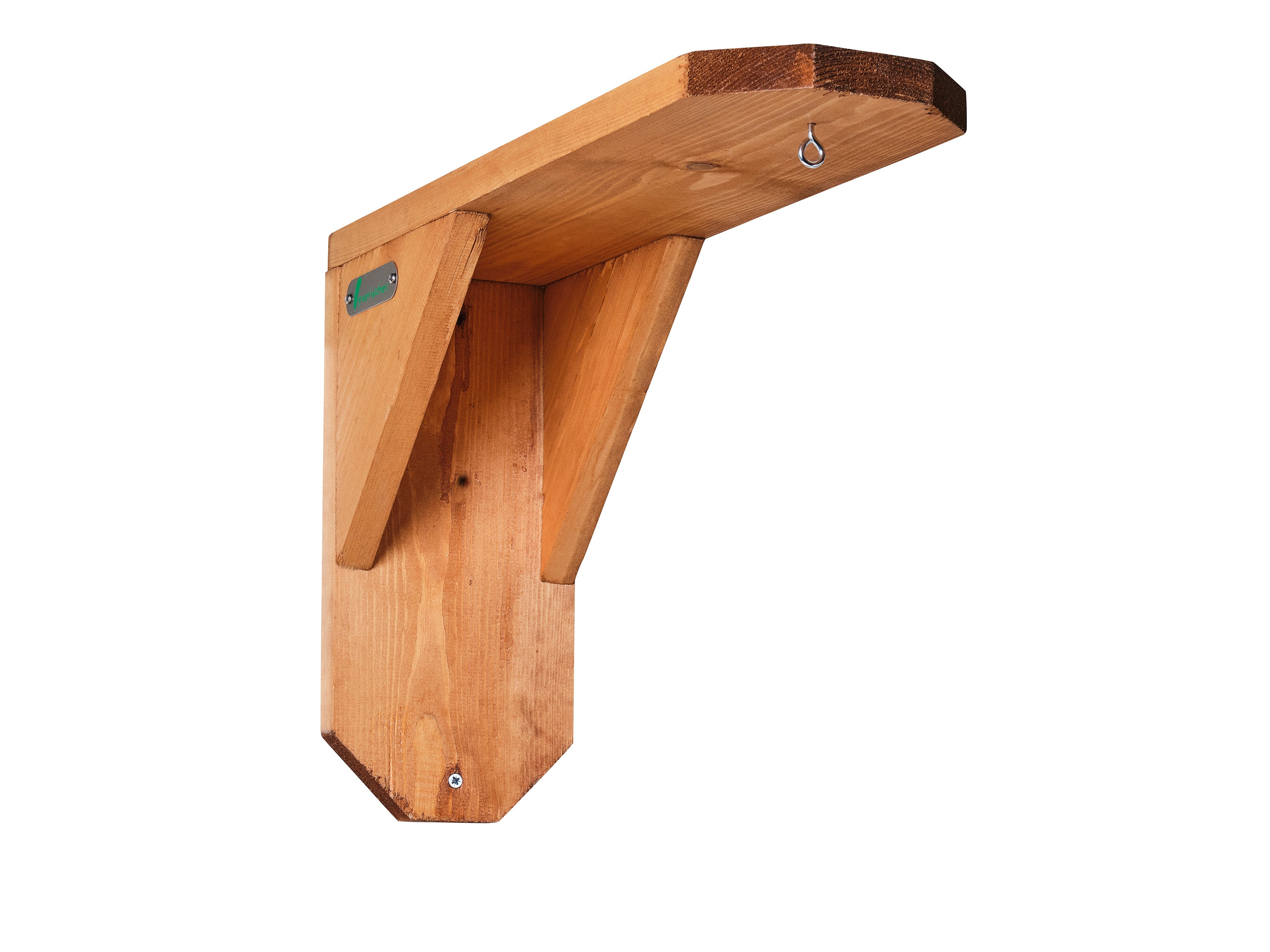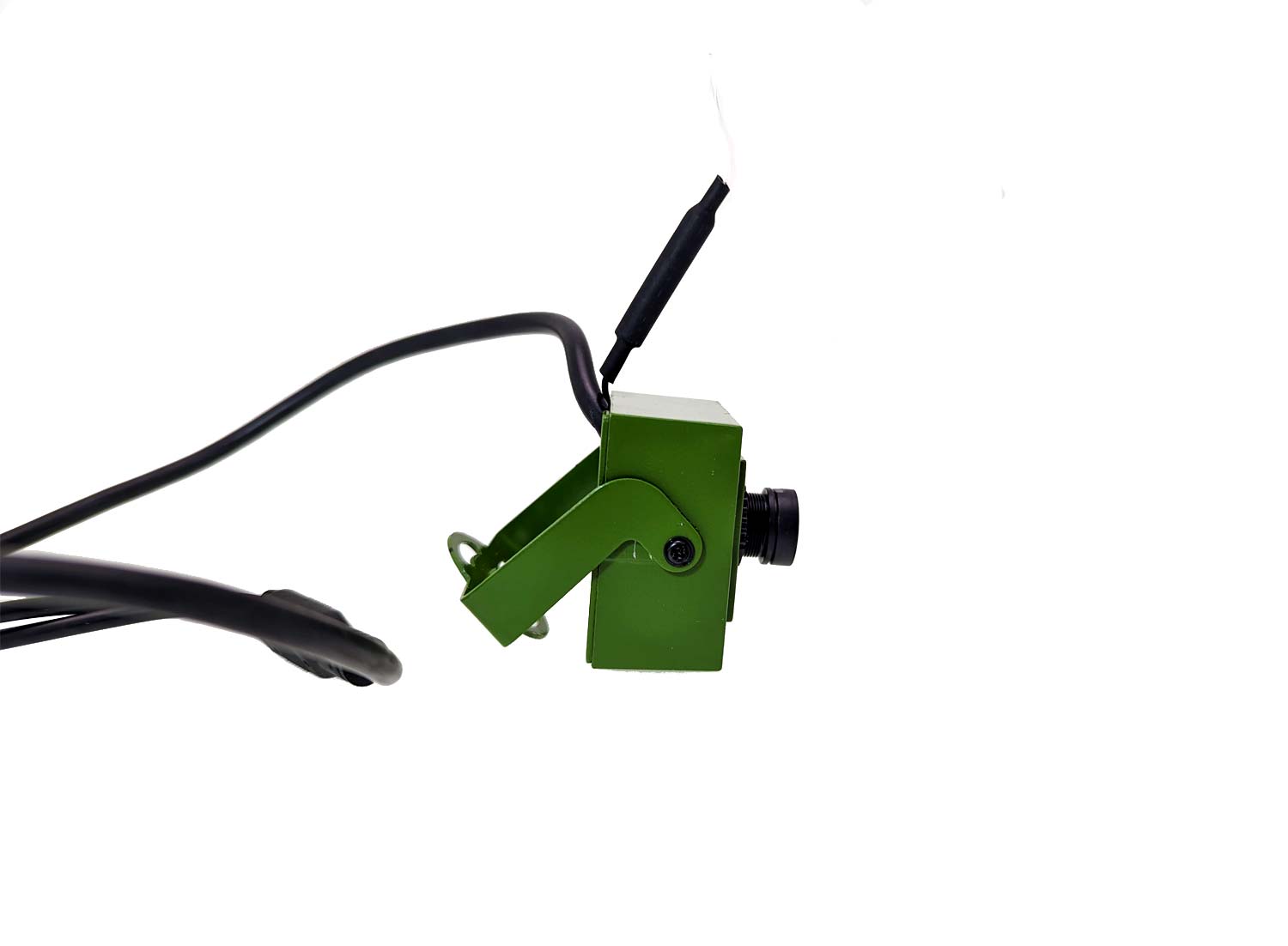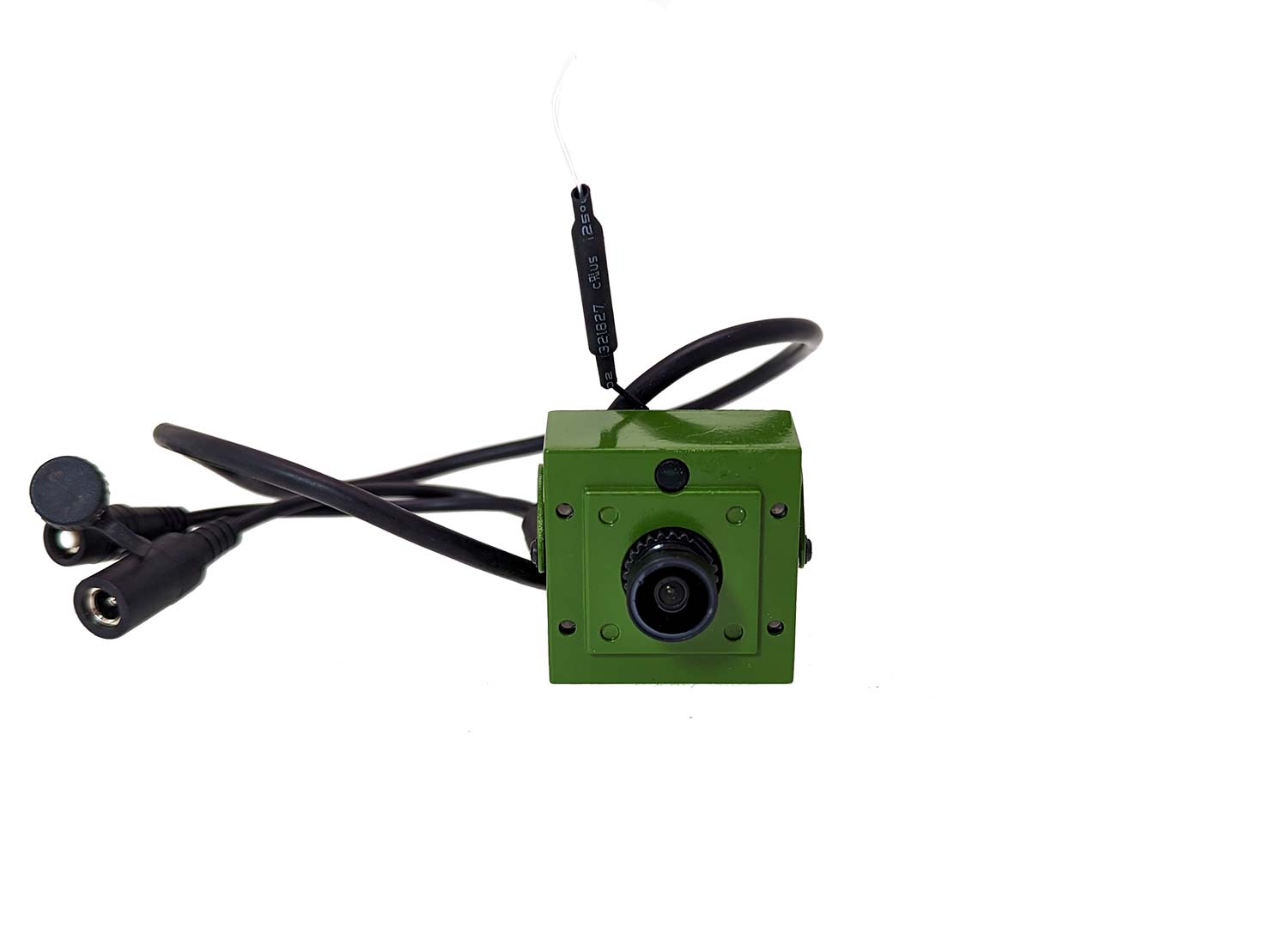Caring for birds in your garden this Autumn
Autumn heralds a big change in bird behaviour and activity. The change in season means birds must prepare for the colder months, whether they intend to spend them in the UK or overseas. There are many things we can do to help birds in our gardens during this time of year, to put them in good stead for the winter.
Changes to look out for:
- Migration patterns: Perhaps the most striking bird behaviour that takes place in Autumn is the migration of birds to and from the UK. As summer draws to a close, we will be saying goodbye to most of our warbler species, swifts, martins, swallows and many raptor (bird-of-prey) species, as they all head towards Africa in search of pastures new 1,2.
While many species leave our shores, many travel here for the colder months. Wetland reserves see huge influxes of wetland and farmland birds such as oystercatchers, lapwings and fieldfare, who have arrived from further north. October also brings large ‘disruptions” of waxwings who arrive in our towns and cities from Scandinavia, to fuel up on the ornamental redberries that are often planted here 3,4.

- Flocking behaviour: As our wetland and farmland visitors travel to our shores, they do so in flocks, descending on our countryside in large groups. This behaviour makes it easier to navigate across the sea and find food sources more effectively, as well as gaining some safety in numbers from predators 5.
It is not just migratory birds that exhibit this behaviour during the colder months. Rooks and Pied wagtails form large roosts in our green spaces and cities. Flocking together in this way is helpful as birds can share hard-to-find safe places and huddle together for warmth and safety 6,7.

One of the most enigmatic flocking behaviours observed during this time is the starling ‘murmuration’. Starlings fly together in beautiful, swirling, shape-shifting patterns. The word murmuration comes from the sound of the thousands of wings beating simultaneously and much like the bird species mentioned above, they do so to scare predators, find food together and keep warm as a group when they land in their communal roosts 5,8.
- Food Availability: Autumn brings a glut of natural foods for birds. Many fruits, nuts, seeds and insects are at their most abundant this time of year. You may find a reduction in garden bird activity during this time of year as garden as birds move towards green spaces, exploiting as much natural food sources while they can, to prepare themselves physically for winter 9.
Some bird species create caches of stored food during autumn to use throughout the winter. Coal tits and nuthatches can be seen storing seeds in tree hollows and jays will bury up to 5000 acorns each to rely upon later during the colder months 10.

Moulting Season: Beginning in late Summer into early autumn birds go through a moulting process, to ensure they a have fresh layer of feathers before the colder months. This ensures they have the insulation they need to survive the winter. The moulting process can take several weeks to complete and during this time birds are less active and often appear scruffy. Garden birds may be less visible as they hide to avoid predators during this time 11.
-
Nest Box Roosting: During the colder months many garden birds can be seen showing interest in and roosting overnight in the bird boxes we provide in our gardens. While our blue and great tits prefer to sleep alone, large groups of wrens can be seen taking up residence in bird boxes overnight 12.

Caring for birds in your garden this Autumn:
- Provide Fresh Food: While early autumn can see garden bird activity decrease as more wild foods become available in our green spaces, this period will start to draw to a close by October which is when our garden birds start to rely most heavily on supplemental feeding.
Birds require high-energy, high-fat foods during the colder climates and harsher weather. Putting bird feeders and tables in your garden with a variety of foods including lard/suet helps them greatly. Once you land on a feeding routine, try to maintain it as local birds will become used to this. Providing a bird bath is also useful as birds are very reliant on fresh water during this time. Eating the dry seed/nut mixes we provide for them during this period means they must supplement this with regular fluids 13.
- Maintain Clean Feeders and Baths: Cleaning feeders, tables and baths regularly during this time is essential to prevent the spread of disease. Brush off debris whenever you leave fresh food out and scrub with a mild disinfectant solution weekly. Water containers should be rinsed out daily and allowed to fry out before refilling. Always adjust the amount of food you provide for birds according to how much they are using as you want to be replacing old food for fresh to avoid spoilage.

If you do happen to see a sick bird on your feeders, stop feeding completely and clean all equipment thoroughly and store it away from contact with birds for up to 2-4 weeks before resuming feeding. If you do see more sick birds, stop and repeat this process 13.
- Planting for Birds: Between autumn and early spring is the best time to plant native fruit bearing plants that can provide food and shelter for birds and other wildlife. Some great examples of these are crab apple, rowan, blackthorn and hawthorn 14,15.
Keeping some areas of your garden undisturbed by leaving the fallen leaves on the ground, and hedges to grow out is a great way to provide additional food and shelter for birds. This can be improved further by planting some native wildflower mix, ready for spring 16,17.
Sources:
- https://www.rspb.org.uk/birds-and-wildlife/natures-calendar/natures-calendar-migration-special
- https://www.lancswt.org.uk/blog/bird-migration-whos-in-whos-out#:~:text=Having%20gorged%20on%20insects%20during,later%2C%20around%20September%20and%20October.
- https://www.hiwwt.org.uk/blog/hiwwt/which-birds-migrate-uk-winter
- https://www.wildlifetrusts.org/visit/where-see-wildlife/where-see-winter-wildlife/where-see-waxwings
- https://www.wwt.org.uk/news-and-stories/blog/marvellous-murmurations-why-do-birds-flock-together/#:~:text=Flocking%20helps%20keep%20birds%20safe,overwhelm%20a%20predator%20through%20mobbing.
- https://www.discoverwildlife.com/how-to/watch-wildlife/pectacular-winter-bird-flocks
- https://www.bto.org/our-science/projects/gbw/gardens-wildlife/garden-birds/a-z-garden-birds/pied-wagtail#:~:text=This%20behaviour%20makes%20them%20conspicuous,and%20the%20Wider%20Countryside%20Report.
- https://www.lancswt.org.uk/blog/starling-murmuration-facts
- https://community.rspb.org.uk/wildlife/f/feeding-garden-visitors/20013/late-summer-lack-of-garden-birds
- https://www.bto.org/our-science/projects/gbw/gardens-wildlife/garden-birds/behaviour/caching
- https://community.rspb.org.uk/wildlife/f/feeding-garden-visitors/20013/late-summer-lack-of-garden-birds
- https://www.bto.org/our-science/projects/gbw/about/background/projects/roosting-survey/results
- https://www.rspb.org.uk/birds-and-wildlife/helping-birds-and-wildlife
- https://www.woodlandtrust.org.uk/blog/2023/05/best-trees-for-birds-and-other-wildlife/
- https://www.rspb.org.uk/helping-nature/what-you-can-do/activities/grow-a-hedge

